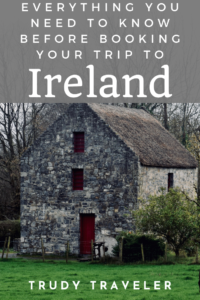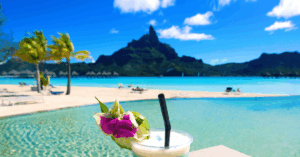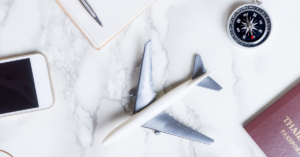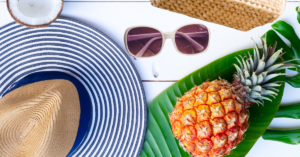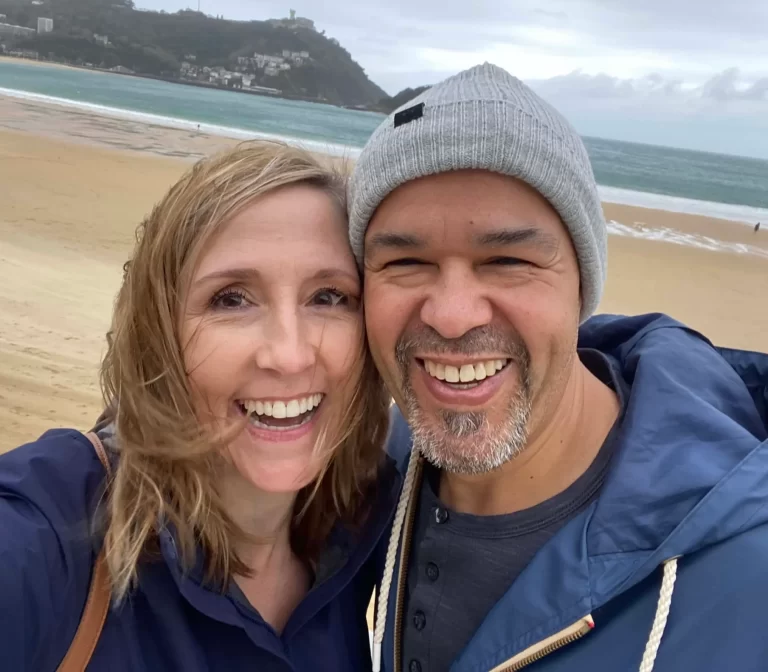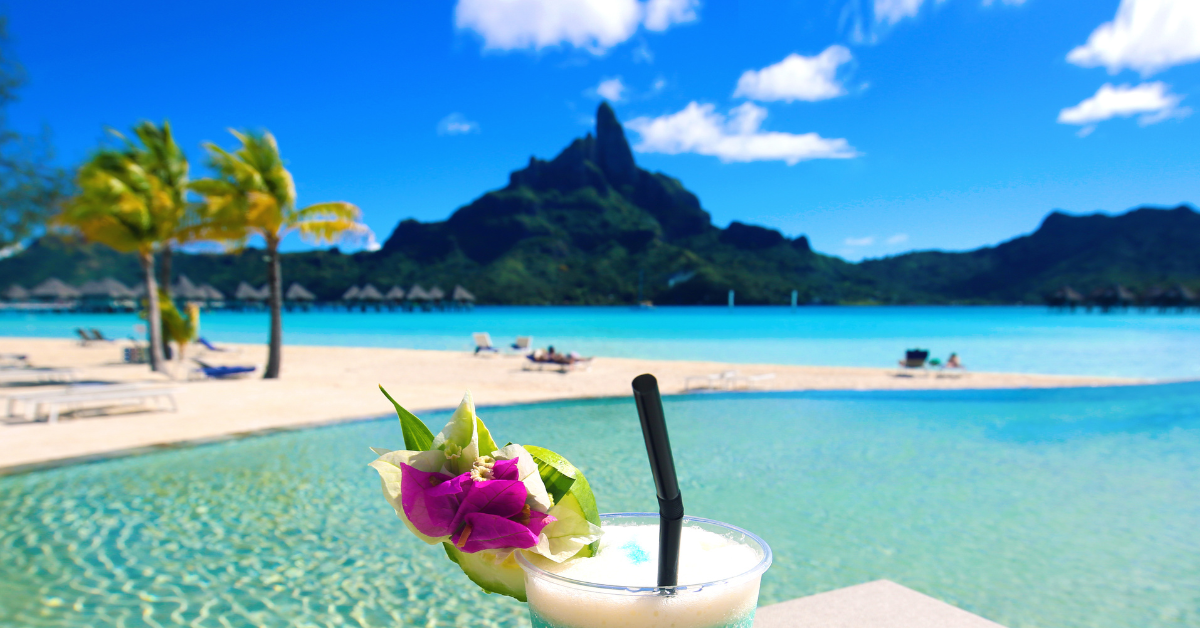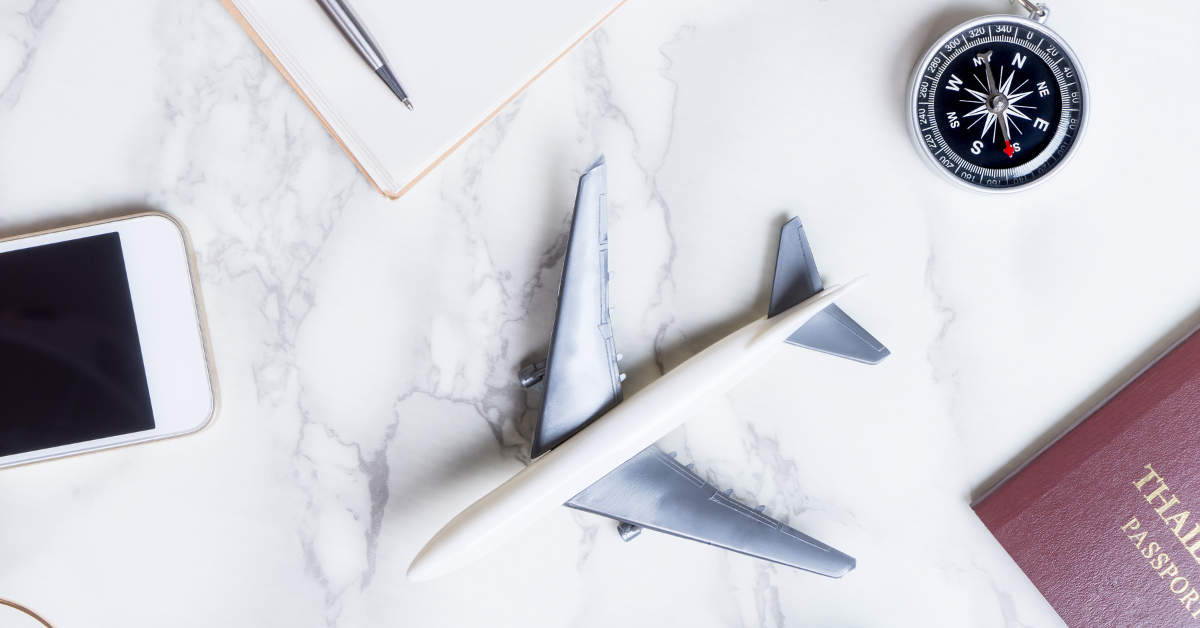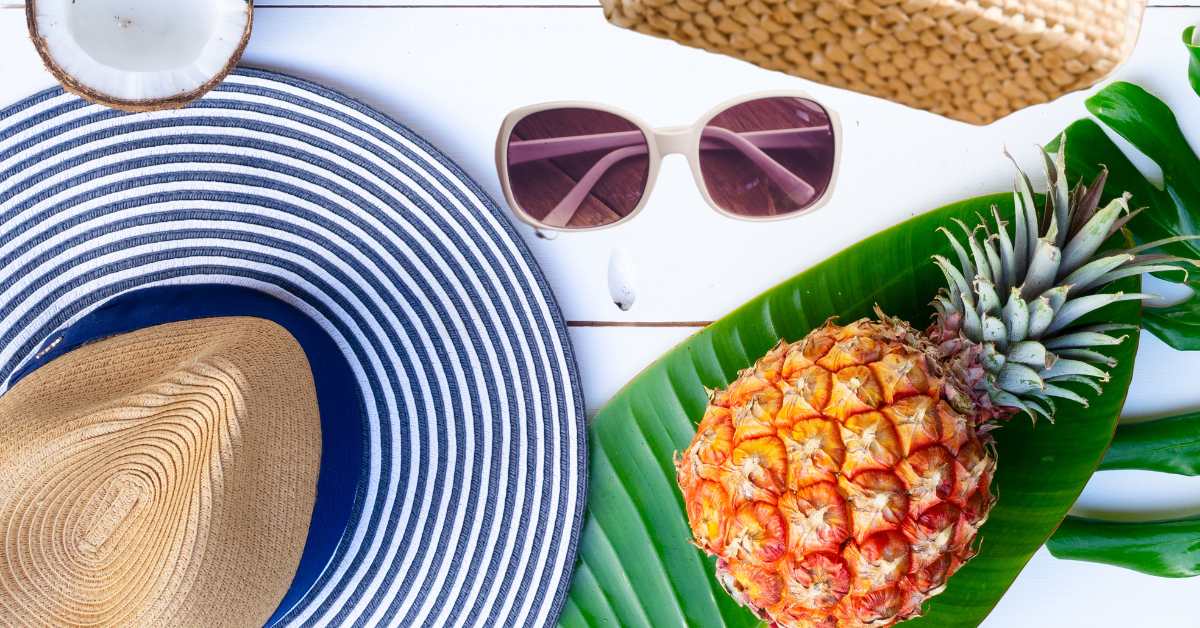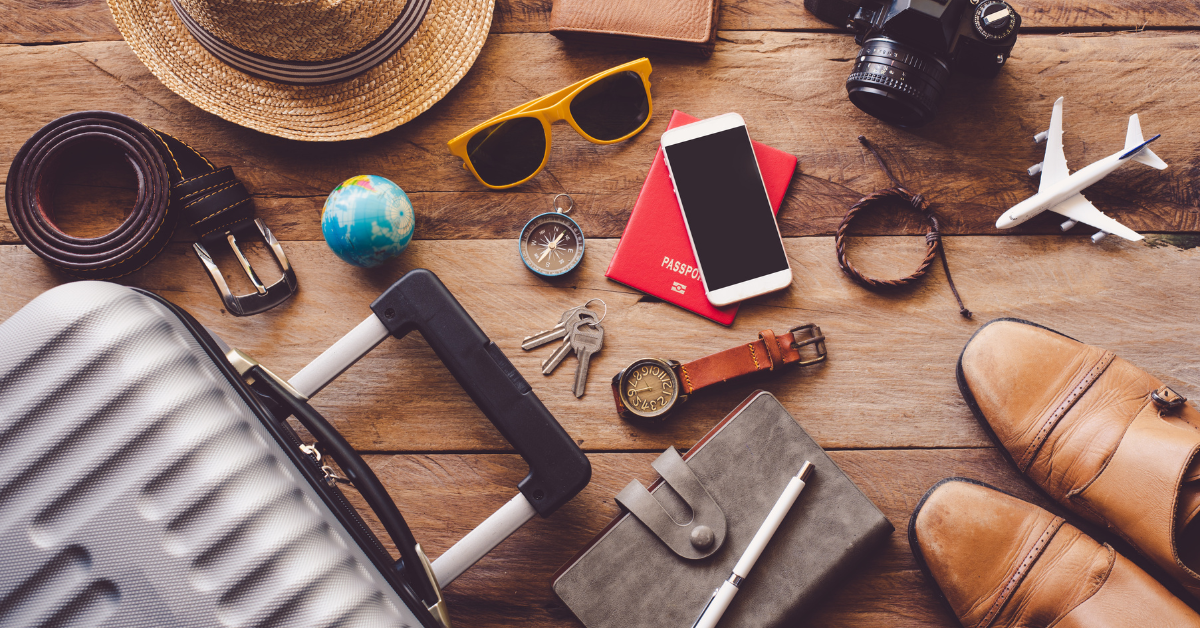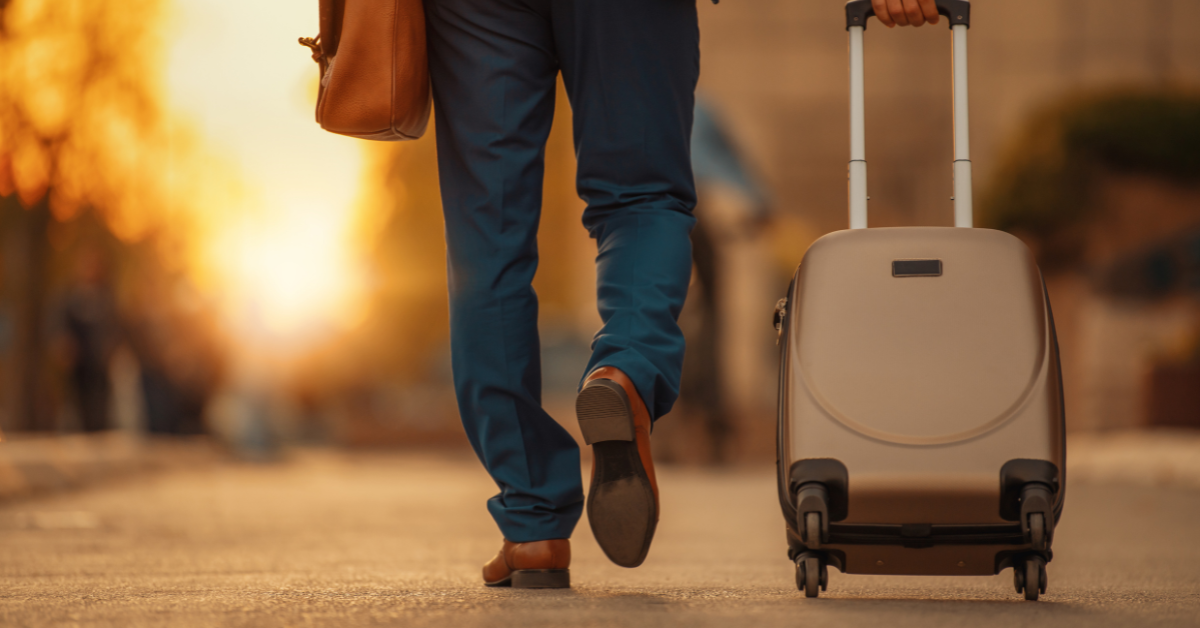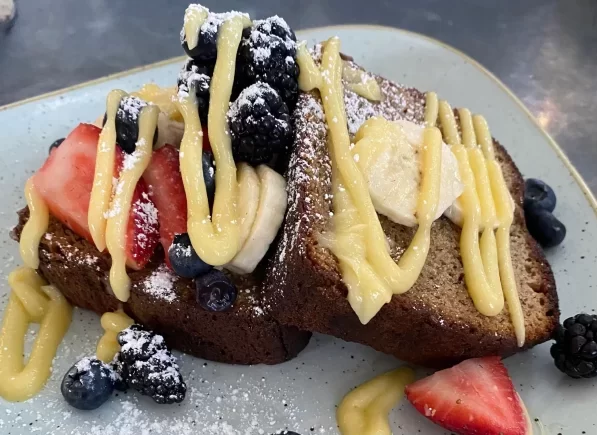
Ireland, also known as the Emerald Isle, is exactly that. Miles upon miles of rolling, emerald green fields separated by stone walls, scattered with fluffy sheep grazing on the dewy green grass.
In addition to its green landscape, Ireland has an abundance of character with its castles, coastline, quaint towns, and history.
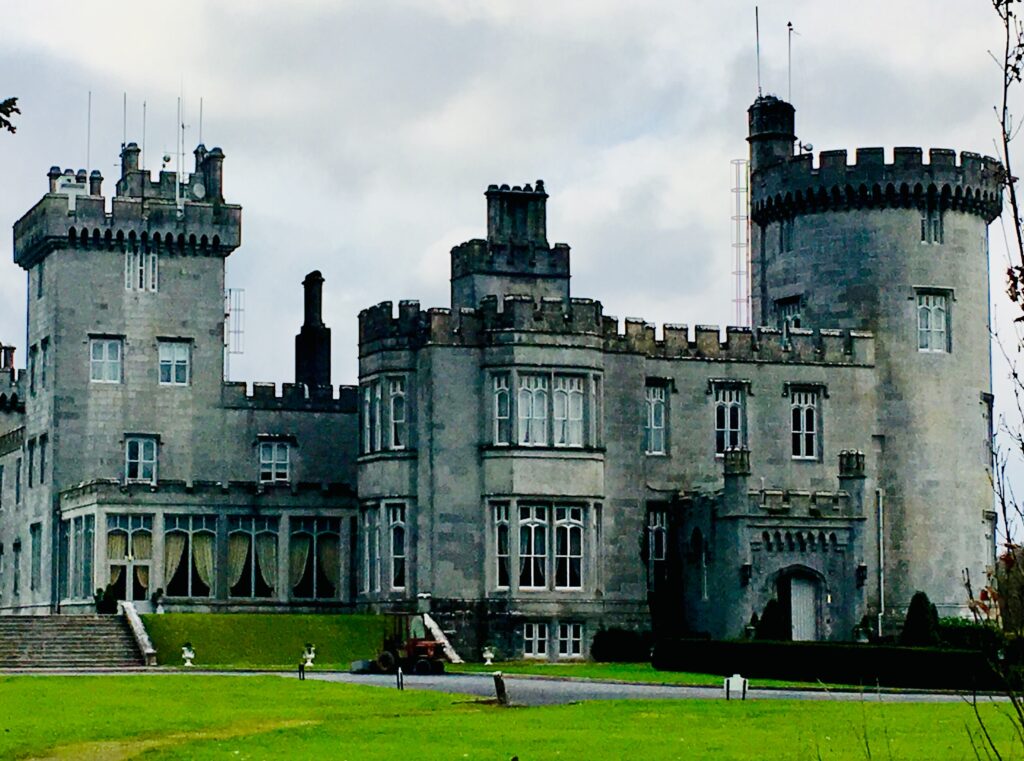
The island itself covers 32,595 square miles. The Republic of Ireland covers 27,133 square miles and Northern Ireland covers 5,456 square miles.
Emerald Isle
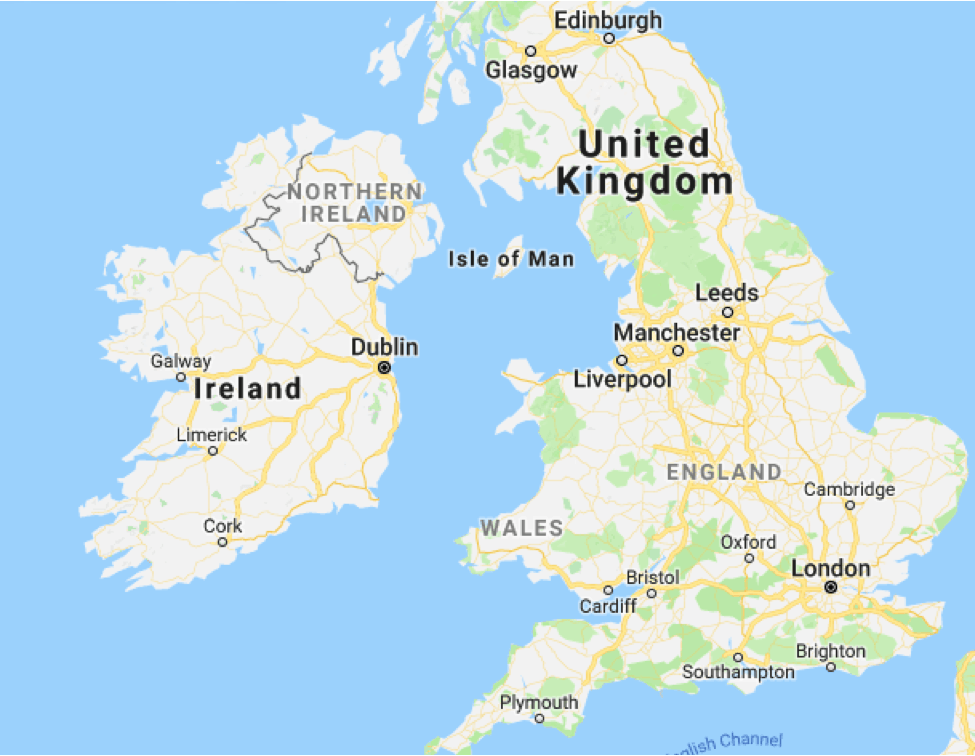
Ireland is located off the west coast of the United Kingdom. The island of Ireland is primarily occupied by the Republic of Ireland, with its capital being Dublin.
The Republic of Ireland, or Ireland, is home to some of the island’s most famous travel sites. These include the Blarney Castle, the Cliffs of Moher, the Ring of Kerry. Top Dublin attractions include the Guinness Storehouse, Jameson Distillery, St. Patrick’s Cathedral, and the Trinity College Library.
Two hours north of Dublin you’ll find Northern Ireland, which is part of the United Kingdom. Belfast is the capital of Northern Ireland.
Despite Belfast’s tumultuous history, travelers are drawn to the area to see various sites. The Titanic Belfast museum, the historical street murals, and many northern coastline sites draw visitors from near and far. Game of Thrones fans are also drawn to Northern Ireland to visit the various locations where the series was filmed.
Ireland Travel Itineraries
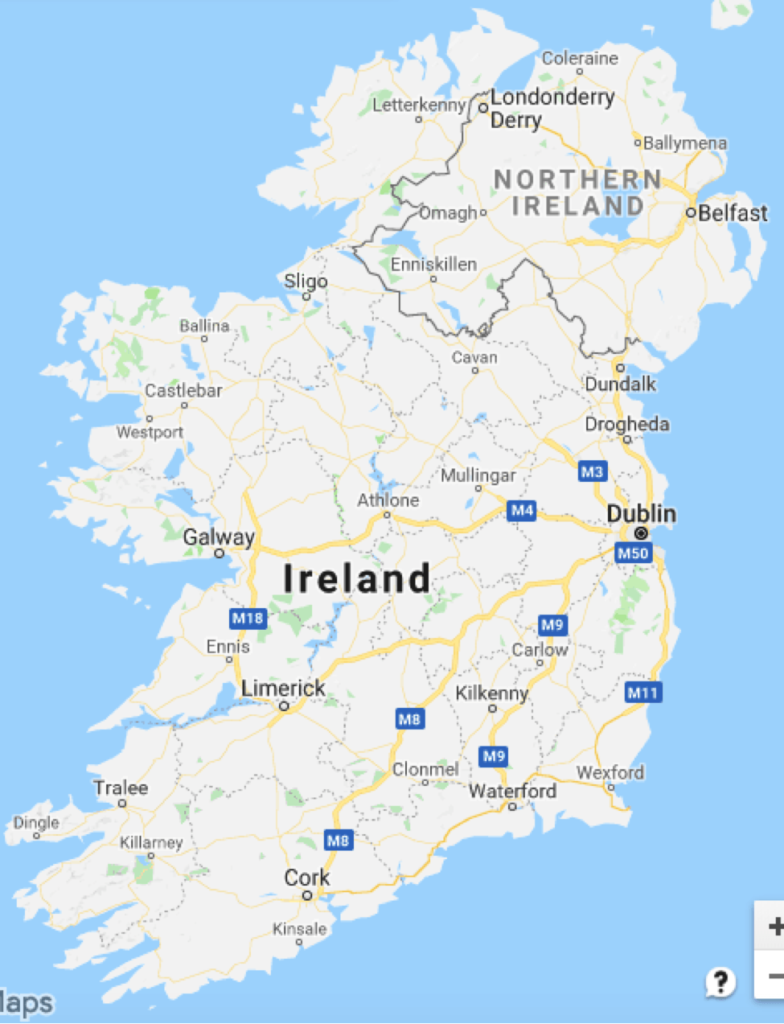
Due to the size of the island, travel itineraries are often divided between the northern and southern regions. There are many different itineraries for both Ireland and Northern Ireland, ranging from 5, 7, or 10 days up to 2, 3, or 4 weeks. It is easy to plan an itinerary to meet individual timeframes.
Northern Ireland Itineraries
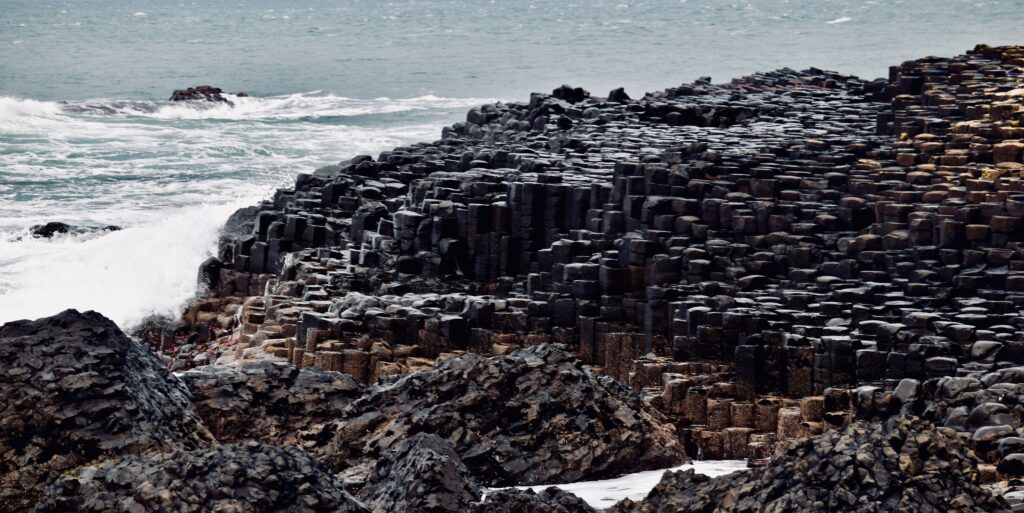

Northern itineraries often start with the drive from Dublin to Belfast, following the Causeway Coastal Route to the popular Carrick-a-Rede Rope Bridge, Dunluce Castle and Giant’s Causeway. Then traveling down the west side of the island through Londonderry heading south through Galway, with a stop at the Cliffs of Moher and then back to Dublin.
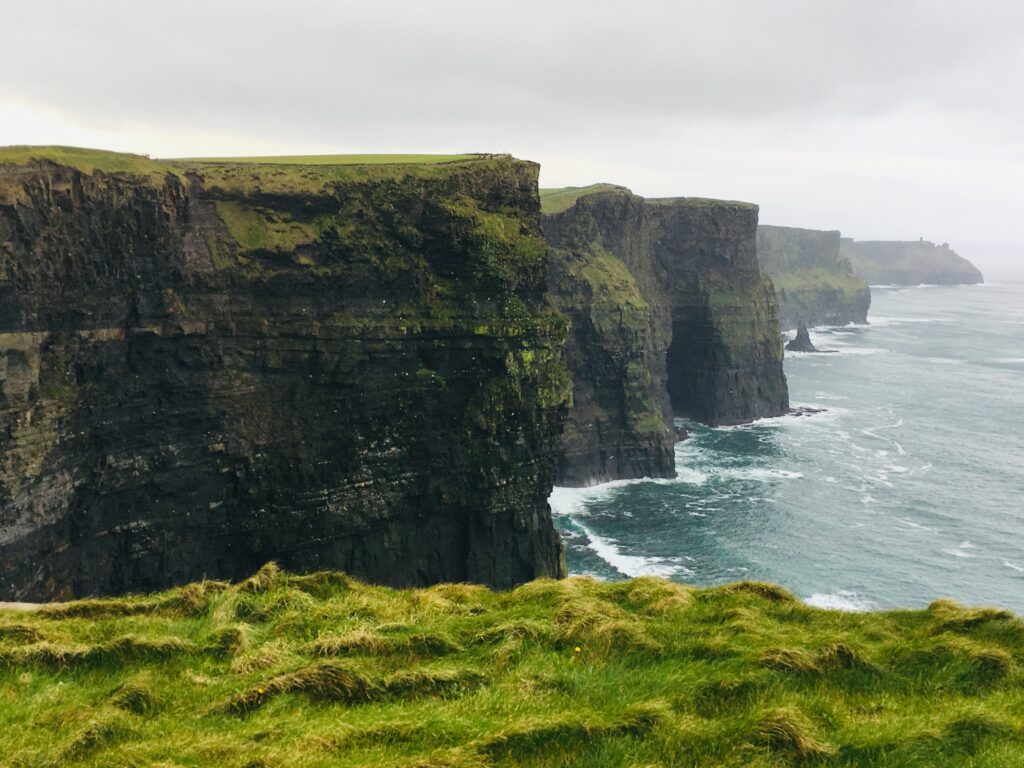
Southern Ireland Itineraries
Southern itineraries usually start in Dublin, heading south to Killarney towards Cork for a stop at the Blarney Castle and then to the start of the counter-clockwise Ring of Kerry. Many travelers stop at Skellig Michael, Killarney, then travel west to the Dingle Peninsula, up to Galway, over to the Cliffs of Moher, then back to Dublin.
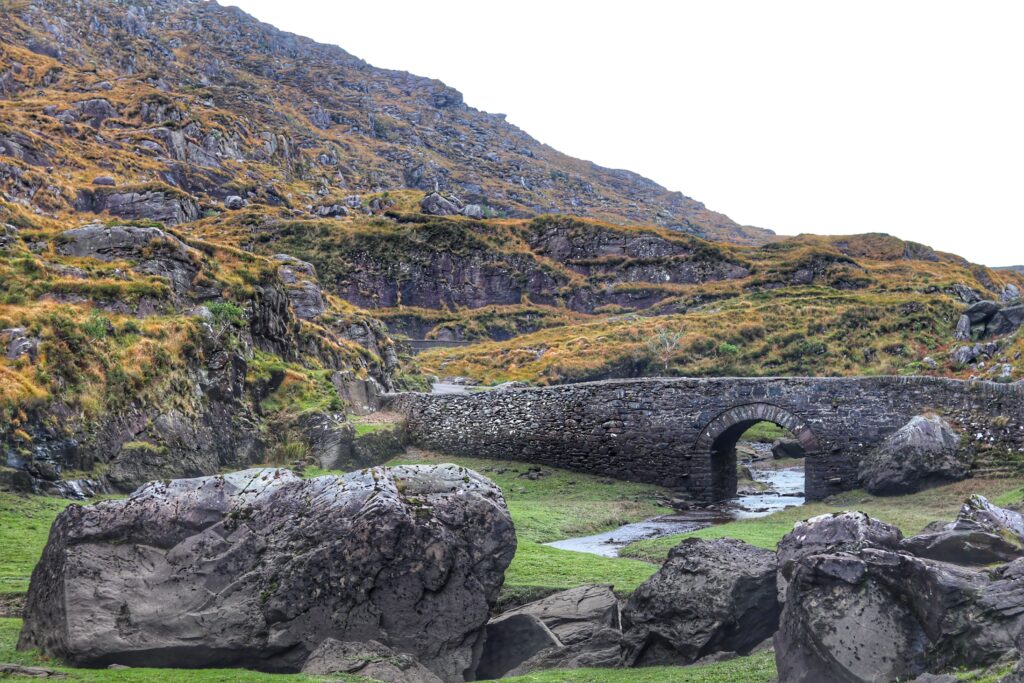
Another southern itinerary variation heads west from Dublin to Galway with a stop at the Cliffs of Moher. Travelers then head to the Dingle Peninsula, following the Ring of Kerry, to Cork for a visit at the Blarney Castle, then travel to Kilkenny and back to Dublin.
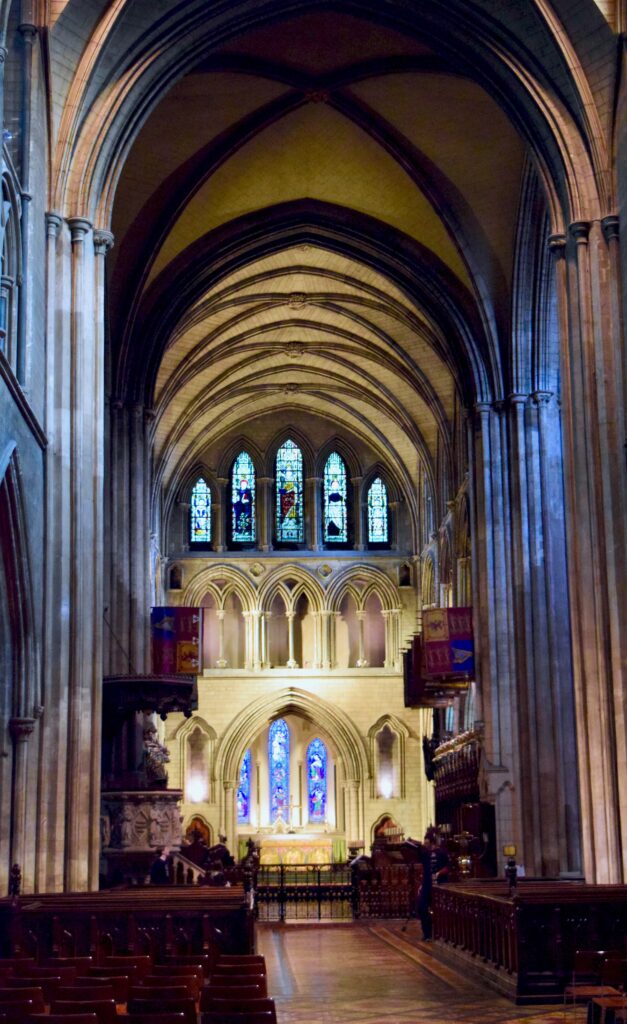
If itinerary planning is overwhelming, travelers can often find package deals that include airfare, lodging, and a rental car with a preset itinerary for a good price. We booked a Northern Ireland package during low season and were able to travel for a week for what would normally be the airfare price from the U.S. to Europe.
This is an example of how traveling during low season can reduce travel costs. See more about “How Traveling During Shoulder Season Can Save Money“. We purchased our travel package through Great Values Vacations, which popped up in a Travelzoo email.
Languages
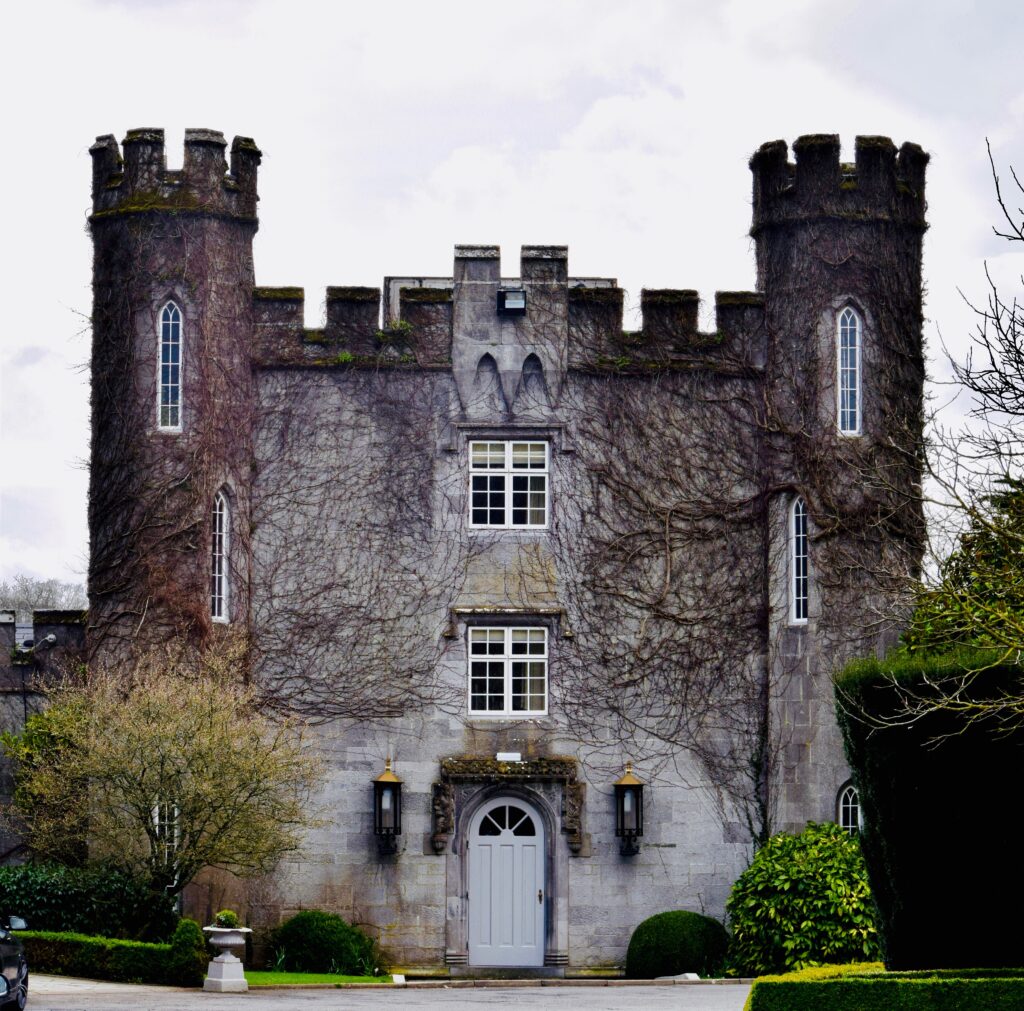
The two main languages spoken in Ireland are Irish Gaelic and English. Irish is considered the first language of Ireland, although English is more commonly used.
The Irish accent, or brogue, as it is referred to, can be quite thick and a challenge to understand when spoken quickly. Our lack of understanding often made us chuckle, but the accents did not make communication impossible, it just took some getting used to.
Currency

The currency in Ireland is the Euro, although Northern Ireland’s currency is the pound. Credit cards are widely accepted in both regions, but it’s good to have a few Euros and pounds for incidentals like toll roads and parking.
Driving
Driving in Ireland can be anxiety-provoking if travelers are used to right-lane driving. In the words of Beyonce, in Ireland, you stay…

To add to the challenge of driving in Ireland, residents tend to drive quite fast, whether on a highway or a narrow, and I mean narrow, country road.
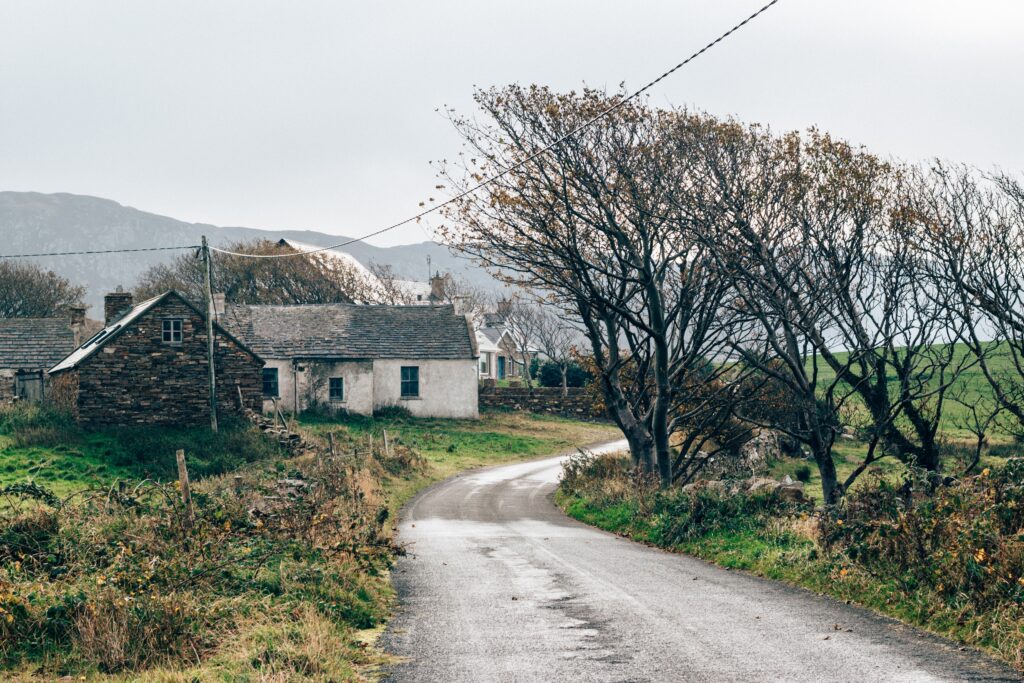
Travelers should also note that the fastest route, per GPS, is not always a highway. Instead, it can be miles of narrow country roads that look like driveways rather than thoroughfares.
Rental Cars
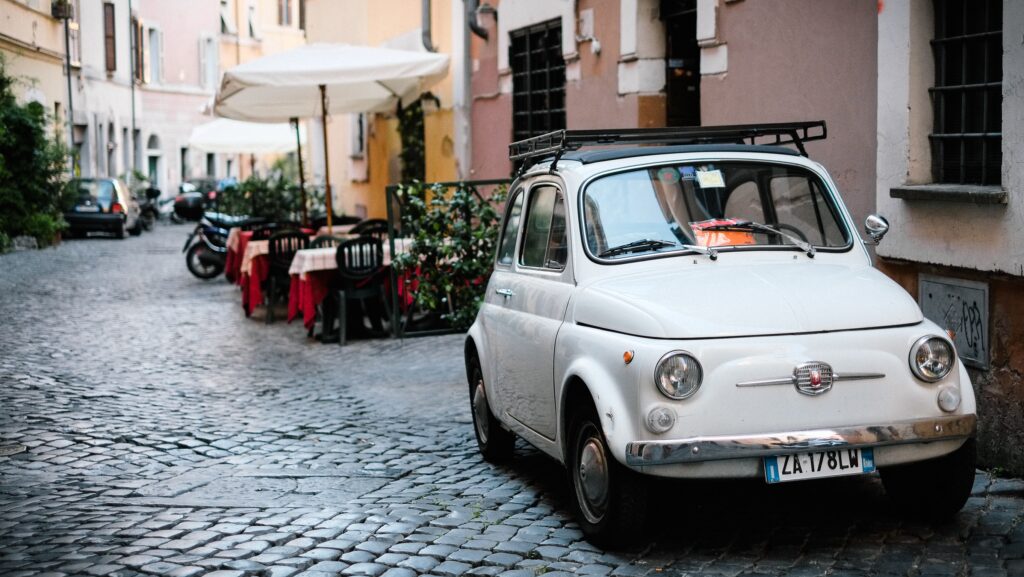
I recommend renting a small car. A smaller car makes maneuvering through the often narrow and winding country roads easier. Consider rental car size when selecting what luggage to bring with you. Oversized luggage can be hard to place in a small trunk or back seat.
When renting a car, I recommend selecting a vehicle with an automatic transmission. Vehicles with automatic transmission are not standard in all Ireland rental cars. Left-handed shifting is just one more thing to adjust to if you’ve never driven a vehicle from the right side of the car. Plan ahead and specify an automatic transmission when making reservations.
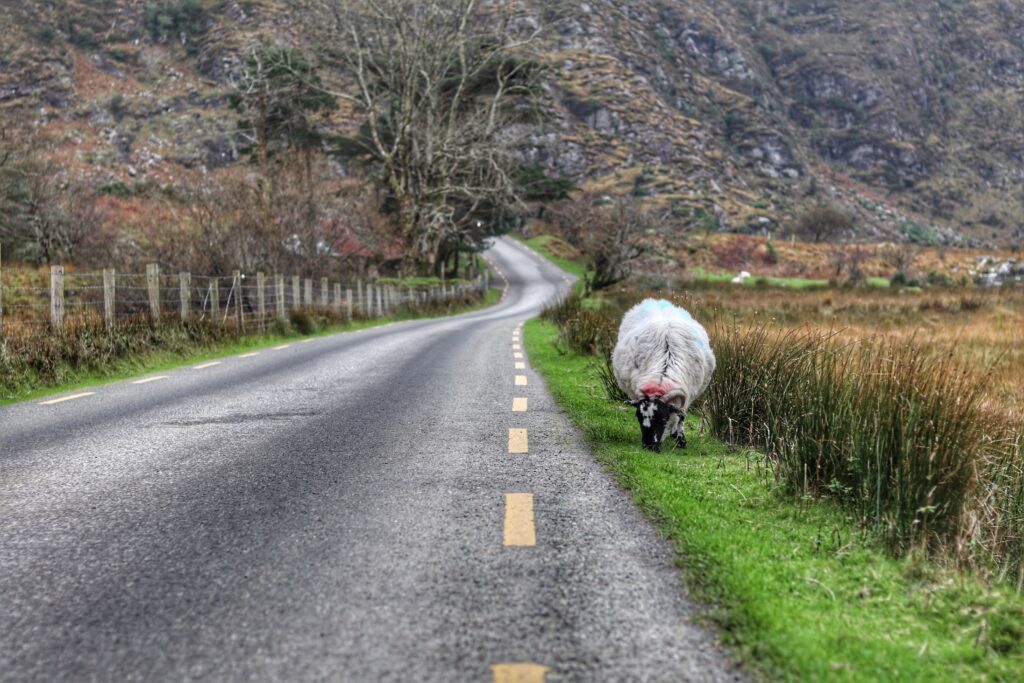
Insurance and a collision damage waiver (CDW) are required for travelers in Ireland, as rental car damage is prominent. To demonstrate the prominence of rental car damage, when we returned our rental car, the attendant was shocked that we had no damage after having driven 800 miles.
Be aware that many credit card companies will not provide a CDW when traveling in Ireland. If travelers opt for standard insurance versus extended coverage, the rental car company will often put a $2,000-3,000 hold on the traveler’s credit card.
We paid extra for the Garmen GPS in our rental car and ended up using our phone, as the GPS could not find several locations. The rental car company suggested using Garmen GPS to ensure consistent satellite coverage throughout Ireland. It is worth noting that we had no coverage issues using our phone on our northern itinerary.
Roundabouts
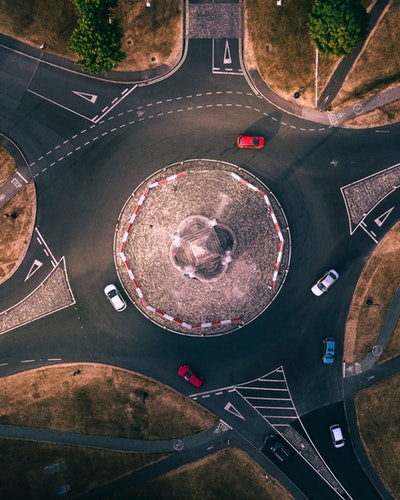
An additional challenge of driving in Ireland is adjusting to the many roundabouts. Instead of four-way stops, Ireland will most likely have a multi-exit roundabout.
Although roundabouts keep traffic moving more efficiently, they do take some getting used to. In addition to multiple exits, roundabouts can be one or two lanes.
Luckily, there is generally good signage as you approach the roundabouts. GPS apps are good about noting whether it’s the first, second, or third exit for a given location. We found it helpful to count the exits and double-check with the signs to ensure we were going in the correct direction. If an exit is missed, continue through the roundabout until returning to the needed exit.

Parking
Finding parking in the city of Dublin can be hard to come by. We were staying outside Dublin, so we parked at one of the LUAS parks and rides and then rode the tram into Dublin. I highly recommend this to avoid navigating within the city.
We learned one lesson the hard way. When we went to the pay station to pay for our parking, it asked for the vehicle registration number. Well, the tram had just arrived, and we wanted to hop on it, so we took our best guess from our rental car key tag and entered the number.

Upon returning to our car, we found it had been “clamped.” A large sign on our windshield directed us to STOP and call a phone number to resolve the issue.
I explained to the attendant that we had paid for parking. During the conversation, I learned we had not entered the license plate number correctly.
I paid the required $40 fine over the phone to have the clamp removed. It took about 20 minutes for the attendant to remove the clamp. To request a refund, I filled out a form online and uploaded a picture of our parking receipt, and within a couple of days, we received a full refund.
We thought it was funny, although a little shaming. Live and learn, travelers. Live and learn! We weren’t the only ones who were “clamped” that day. A couple of other people had the same experience.
Weather
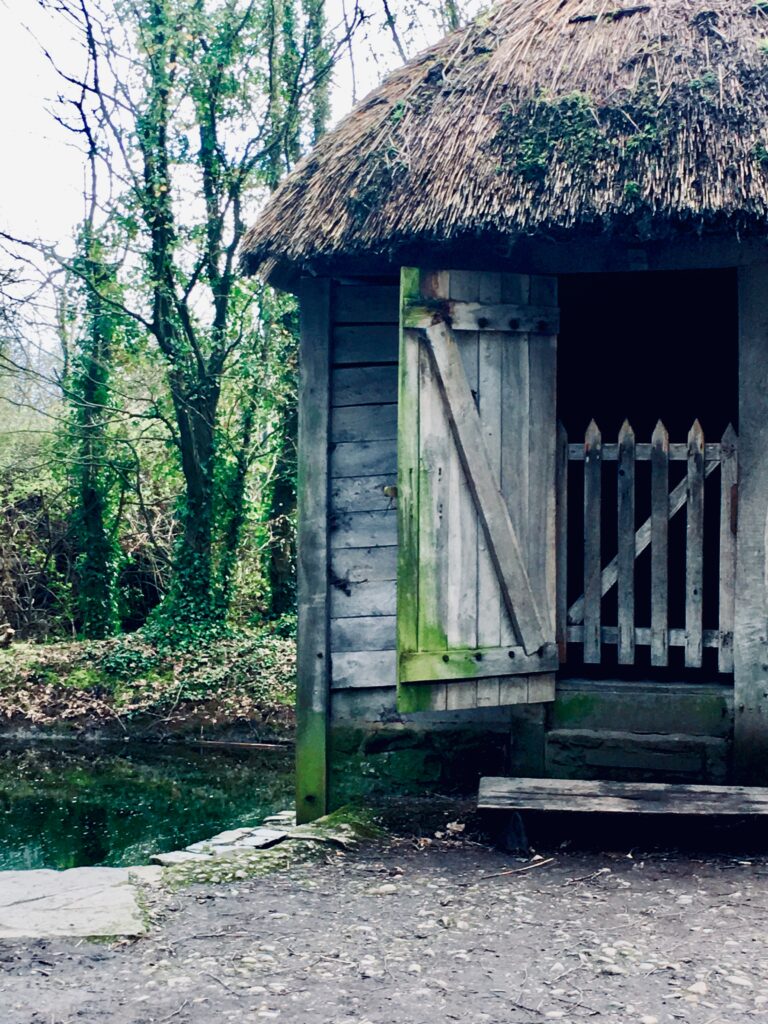
Ireland is known for its mild temperatures and an abundance of rain. The sunniest months are May and June, and the hottest are July and August. The average temperatures in Ireland hover around 60 F/16 C.
The coldest months are January and February, with temperatures around 40 F/5 C. We traveled in February, and although the daily temperature was in the 50’s, we enjoyed the conditions.
December and January tend to be the wettest months of the year, although, due to its maritime climate, days can be a combination of sun and drizzles. Don’t let this deter you from visiting. The precipitation is what makes the island so green.
What to Pack When Traveling to Ireland
Due to the cooler and wetter climate, layers are preferable. In Ireland, it can rain one minute and be sunny with no rain the next.
I recommend that travelers bring a rain jacket, waterproof boots, and a hat or scarf for their heads. I didn’t think I would need a hat other than my hood, but I was wrong. My hair was blowing all around, even with my hood on.
It is especially windy along the coastline, such as at the Giant’s Causeway and the Cliffs of Moher.

Food
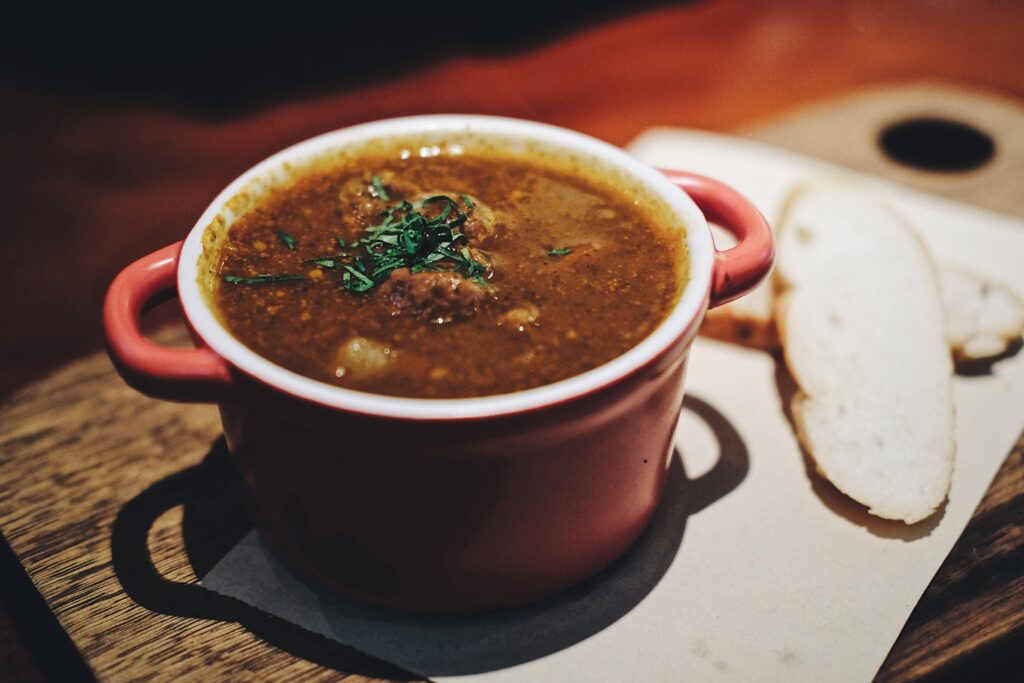
When traveling in Ireland, you can enjoy a variety of food options. Restaurants often offer authentic items such as Irish stew and fish and chips. Breakfast often includes eggs, potatoes, ham, blood sausage, and beans.
By law in Ireland, restaurants must list if any of the 14 identified allergens are present in food. These allergens include gluten, crustaceans, eggs, fish, peanuts, soybeans, milk, nuts, celery, mustard, sesame seeds, sulfur dioxide and sulfites, Lupin, and mollusks. All menus and buffets have allergens listed, making it convenient for those with food allergies.
Eating Gluten-Free and Vegetarian in Ireland
Although allergen identification is required in Ireland, this does not mean an abundance of allergen-free food items is available. Higher-end or specialty restaurants offer more options than your basic restaurants and pubs.
Most restaurants throughout Ireland did not have specific gluten-free items. Being gluten-free and vegetarian made it more challenging to find a variety of food options.
Most of my lunches and dinners were a combination of salads, boiled vegetables, and potatoes. For travelers who are only gluten-free and not vegetarian, there are plenty of meat, vegetable, and potato options, although cross-contamination may still be an issue.
Hotel breakfast buffets often offer pre-packaged gluten-free baked goods, which include items such a bread, muffins and cereal. These products tended to be dry and too processed for my liking.
Eating gluten-free in Ireland is manageable. When traveling, I find myself eating the same items repeatedly due to limited gluten-free options and cross-contamination concerns.
Travelers can find restaurants that are more celiac-friendly in larger towns, although, as anticipated, we didn’t find many in smaller towns along our route.
Electricity
The electricity in Ireland is 230v/50Hz. Depending on the origin of the traveler’s electronics, the adapter below will be needed.
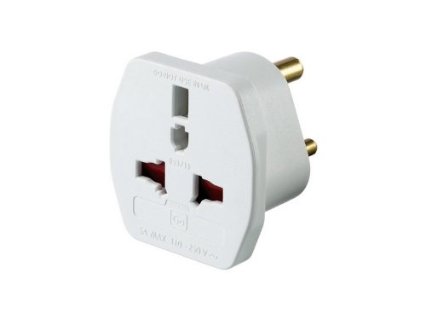
It’s important that travelers use adapters as suggested to prevent the burning up of electronics or the blowing out of electricity. So, don’t put a three-prong plug into a two-prong adapter. Poof!!! Lights out.

Ohhhhh noooo….. hearts start racing,.. have we blown the electricity in the entire hotel?

We slowly shuffled through the darkness towards the door. As we pulled the door open, we were relieved to see that it was only our room with no electricity. Whew!
We told the hotel clerk, and apparently, it happens rather regularly. Even better, we had not damaged our electronics or the hotel. Lesson learned.
Add Ireland to Your Bucket List
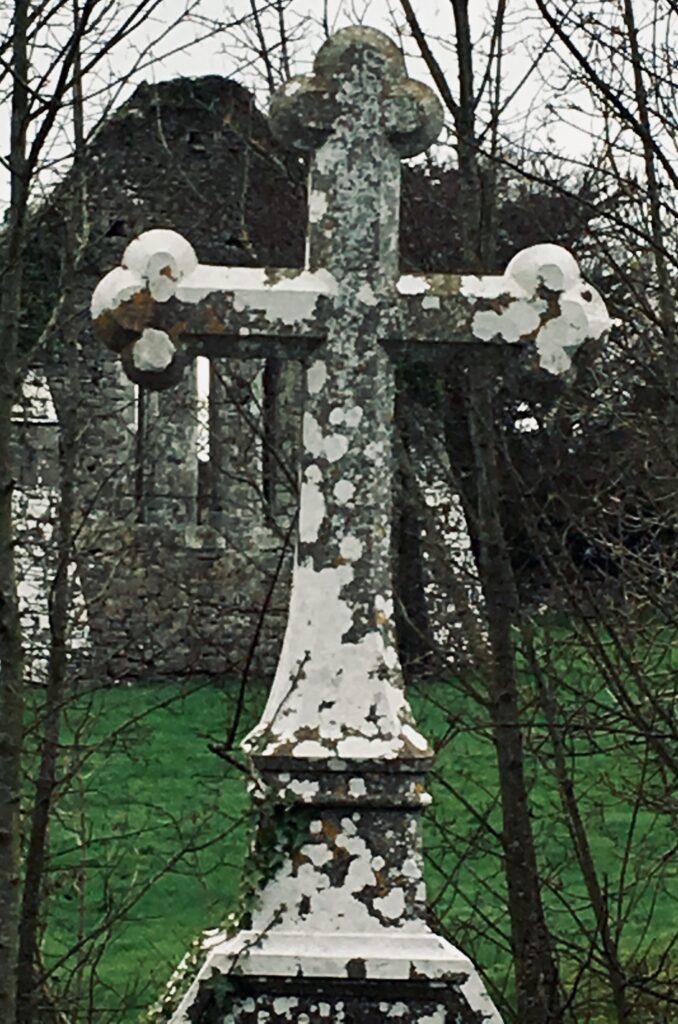
Ireland is a beautiful country with lots to see and experience. Although you’ll hear many stories about driving in Ireland, don’t let it hold you back. Pick an itinerary and head out. You won’t be disappointed.
Thanks for reading this post!
I hope these tips were helpful. Please let me know in the comments section below if you liked this post or if you have other tips about traveling in Ireland.
If you liked this post, you may want to check out our customizable Perfect Northern Itinerary post.
Life is short! Book the trip!
Don’t forget to follow Trudy Traveler on PINTEREST, and you can save the pin for later!
